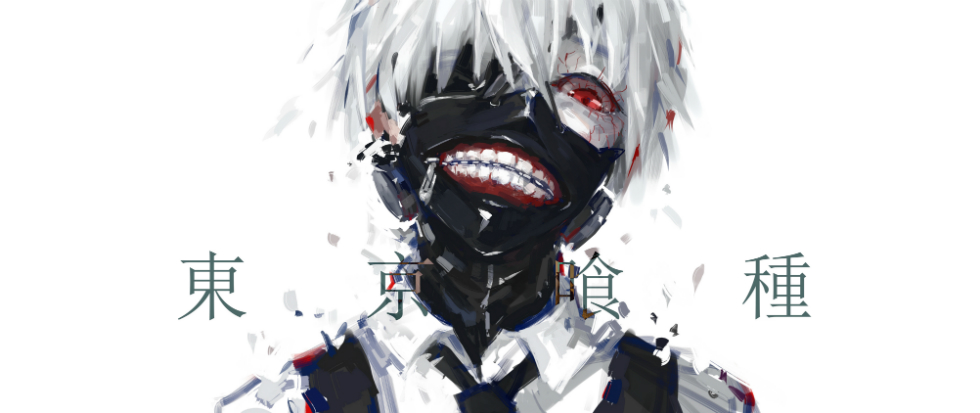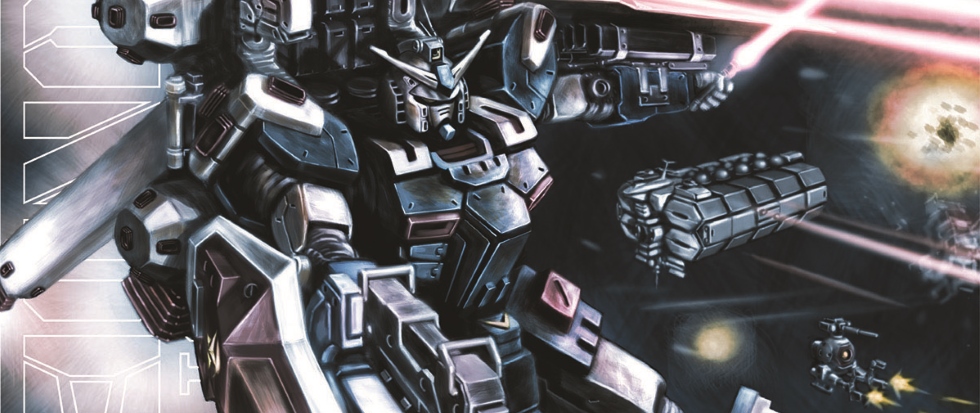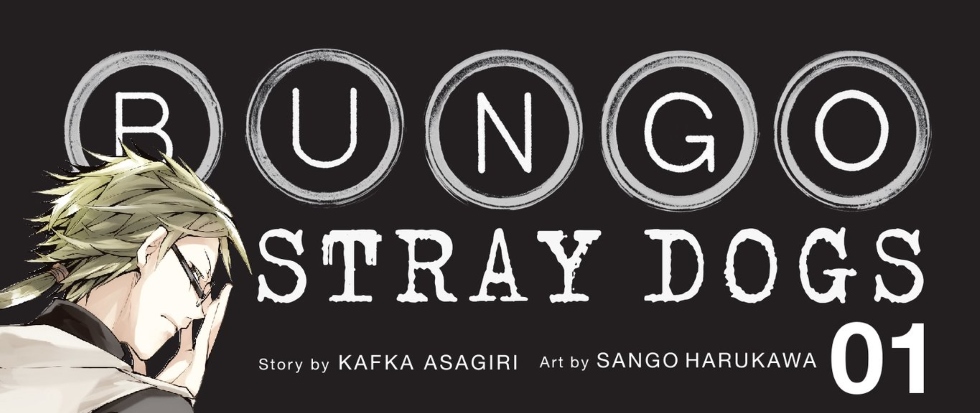
Tokyo Ghoul: Act a Ghoul
It’s been sad to see Tokyo Ghoul botch everything that made it special. There’s no one moment anyone can point to where author-artist Sui Ishida shat the bed. There’s no metaphorical shark it jumped. But all the promise it possessed over the first 8 volumes has been squandered so foolishly that it might have been better off taking an unapologetic turn into the incomprehensible.
At least that would make for good conversation; then we might spend the next year or two talking about the batso moment the story morphed into a bald metaphor for the author’s divorce. Or an expressionistic tract detailing the author’s views on esoteric magickal systems.
Instead, the shift is gradual, a collection of transitions that make sense in the moment butin retrospect ruin everything. It’s true that Tokyo Ghoul was never a masterpiece. The themes – mostly concerning the cyclical nature of hate and violence – were always the stuff of YA-fiction, and the aesthetic – sanitized S&M outfits and urban horror not unlike a tame Vampire: The Masquerade campaign – seemed tailor-made to appeal to the Hot Topic crowd.
But there was always potential. Protagonist Ken Kaneki’s breakdown in the face of his body’s own betrayal was a sequence with a primal power, as was his succumbing to his ghoulish hunger. For a moment Ishida’s scratchy art worked a kind of expressionistic magic, the world the reader saw as ill-defined and ugly as the one Kaneki must have glimpsed.
The obvious parallels between the ghouls – so despised by society they’re literally hunted down by police; so uneducated they cannot read; so poor their only sources of food are cannibalism and watery coffee – and the underclasses of our own world provided an undercurrent of social insight uncommon to the genre that grounded the horror in all too-human frames.
Ishida’s sin is one of ambition. Like every author seduced by the fallacy that bigger is better, he mistook mystery and plot and moralizing thematics for the most interesting elements of a story while abandoning the strengths of setting, character and atmosphere he was heir to.
The idea that ghouls would form gangs to survive was a clever extension of a central conceit: that these gangs would morph into paramilitary organizations large enough to topple Tokyo and threaten the stability of Japan’s government was not. The revelation that Kaneki’s transformation into a ghoul was all per conspiracy instead of a blunder pivots the focus from the rich inner worlds of people and their response to systems they’re stuck in to a loud style of storytelling that minimizes lives in favor of spectacle.
Because escalation promises creators an easy path to development, grandeur, importance, it always demands further escalation. It’s a self-perpetuating quality. But such heedless building diminishes the more discrete joys of a work, all those idiosyncrasies and details we could see more easily up close when the scale emphasized struggles more personal. In sacrificing its own precise attention to the horrors felt by those marginalized at the expense of systems for a story about said system, it ends up defeating itself. Like its own ghouls, it turns cannibalistic for want of food.





